
Review on Intel Pentium Graphics Retail Processor by Wiktor Janusz ᠌

The best thing I've ever used, I recommend it to everyone!
Summing up, we can only welcome the appearance of new Pentiums. With them, the modern Intel platform LGA1155 becomes more attractive and expands the scope of its applicability. Intel has not had good universal platforms for a long time, and LGA1155, apparently, will finally be able to become one. Got pros: First of all, the Pentium G850 demonstrates impressive (for its price) performance in gaming applications. For inexpensive gaming computers, they fit perfectly, their superiority over dual-core processors for Socket AM3, LGA1156 and LGA775 platforms is more than noticeable. Secondly, these processors can be safely recommended for use in HTPC. Despite the design heat dissipation of 65 W assigned to Pentium LGA1155 processors, in practice they are very economical. According to this parameter, they can be quite compared with the 35-watt Core i3, which belong to the specialized energy-efficient T-series. The same goes for performance. On average, the new Pentiums run at about the same speed as the Core i3-2100T. Their only weakness is video transcoding, in which the Core i3, using Quick Sync technology, can be significantly faster. Different cons: Considering the furor that the processors built on the Sandy Bridge microarchitecture made at the time of their appearance, one could expect a lot from the new Pentiums. However, Intel saw it differently: these sub-$100 dual-core processors shouldn't break the market at the bottom of the market. Therefore, the weighted average performance of the Pentium G850 is only slightly higher than that of previous Pentium generations produced for LGA775 and LGA1156 systems. This is achieved by cutting some of the features inherent in other more expensive LGA1155 processors. Thus, Pentium processors lost Hyper-Threading technology and support for new vector instruction sets, received lower clock speeds and were deprived of Quick Sync technology. Nevertheless, Sandy Bridge is such a successful microarchitecture that it is impossible to completely get rid of its advantages even with all the desire. That is why there are applications where new Pentiums are head and shoulders above their predecessors and competitors.
New products
Comments (0)
Top products in 🧰 Computer Internal Components
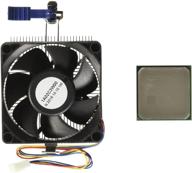
💪 AMD FD6300WMHKBOX FX-6300 Black Edition: 6-Core Processor with Unparalleled Performance

134 Review

Unleash High-Performance with AMD Ryzen 5 3600XT Processor & Wraith Spire Cooler

223 Review
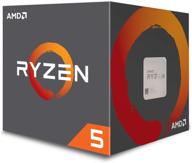
🔋 Power Up Your Gaming Rig with AMD Ryzen 5 2600 Processor with Wraith Stealth Cooler - YD2600BBAFBOX

116 Review
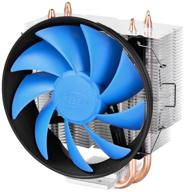
Deepcool GAMMAXX 300 CPU cooler, silver/black/blue

166 Review
Another interesting products
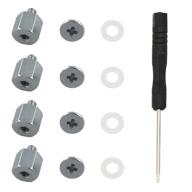
M.2 Screw Kit: Easy Mounting for NVMe SSDs on ASUS Motherboards

19 Review

🖥️ Helifouner 450-Piece Computer Standoffs Spacer Screws Kit: Ideal for Hard Drive, Motherboard, Fan, Power Graphics & Computer Cases

10 Review

MacBook Retina 13-inch (A1425, A1502) and 🔩 15-inch (A1398) Bottom Case Screw Set with Pentalobe Screwdriver

11 Review
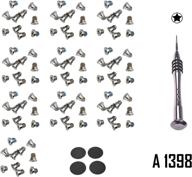
🔧 Premium Repair Replacement Screws & Tools for MacBook Pro Retina 15"/13" - Complete Bottom Case Set

10 Review

